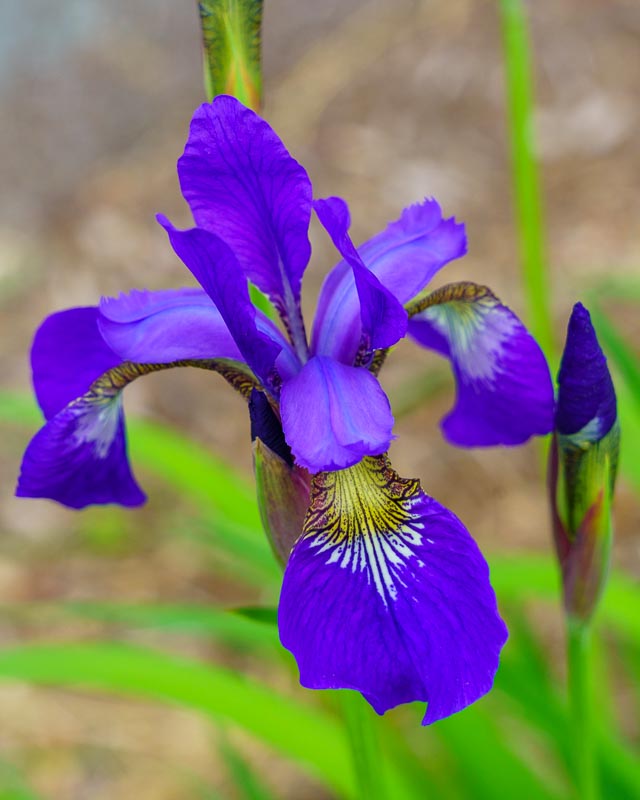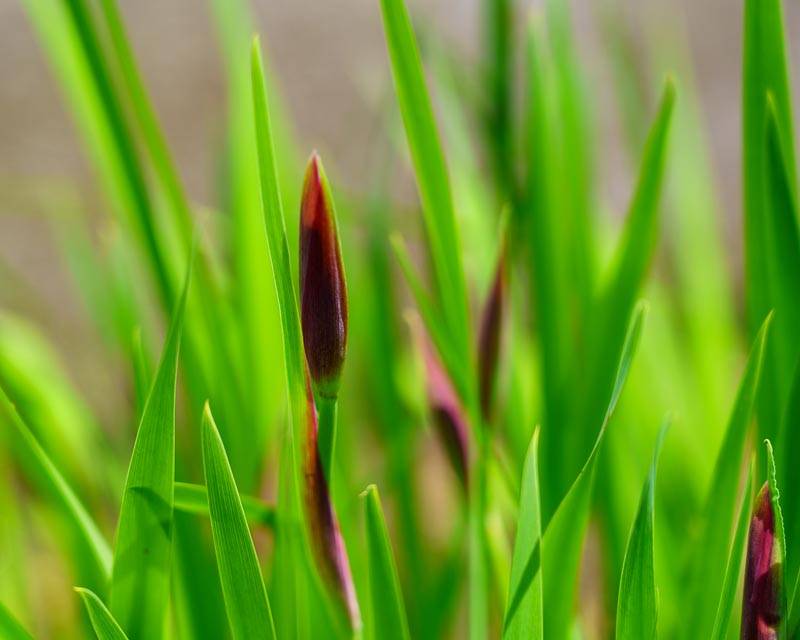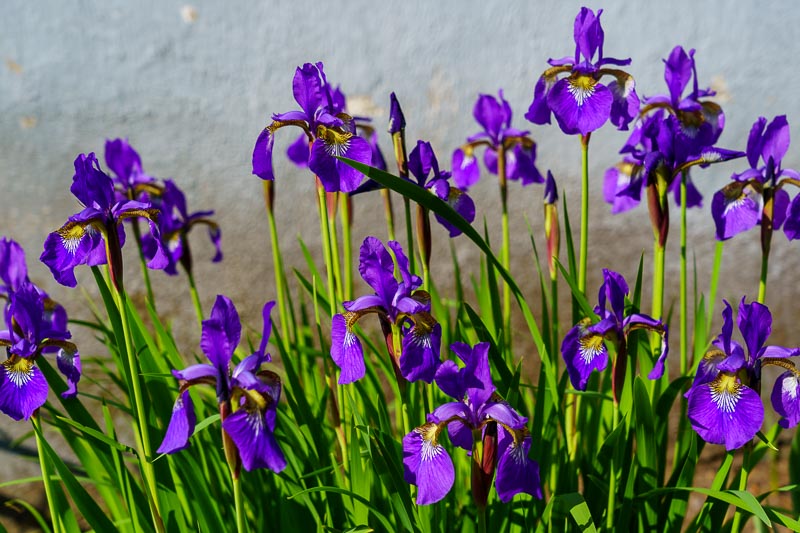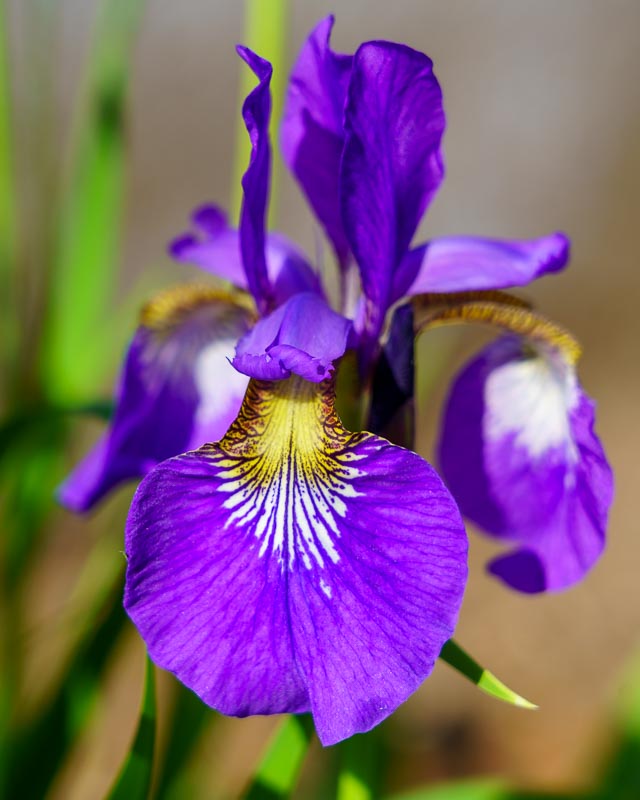Siberian Iris
Common Name:
Siberian Iris
Botanical Name:
Iris x, Iris sibirica
Mature Size:
3–4 ft. tall, 2–3 ft. wide
Sun Exposure:
Full, partial
Soil Type:
Moist, well-drained
Soil pH:
Acidic, neutral
Bloom Time:
Spring, summer
Flower Color:
Blue, purple, white, yellow, pink, red
Care:
Siberian iris is relatively easy to grow in a full sun location and any average soil that is moist but not soggy. Consistent moisture is important in the spring and early summer, but the plants will tolerate drier conditions in later summer. Siberian iris needs considerably less attention than bearded iris, but division every three or four years is essential to prevent the plant clumps from becoming overgrown and woody, at which point flowering may begin to fall off dramatically.
Soil:
Ideally, Siberian iris should have consistently moist soil but should not sit in standing water. Good drainage is essential, as dense, poorly draining soil can result in root rot.
Siberian iris prefers a slightly acidic to neutral soil pH (6.5 to 7.0). In alkaline soils, a yearly feeding with an acidifying fertilizer may prompt better blooms.
Water:
Because the Siberian iris is susceptible to crown rot, do not intentionally saturate its soil. Light, regular watering is preferable. During spring and the first part of summer, make sure it receives about one inch of water per week through rainfall or irrigation. Later in the summer, it can get by with an every-other-week watering schedule.
Temperature and Humidity:
Most Siberian iris varieties are reliably hardy in zones 3 to 8 and are borderline in zone 9, where conditions may be too warm for most types. If you garden in a warm region, be sure to consult a local garden center or university extension service for recommendations on the best varieties to grow. Applying a layer of mulch offers two benefits: keeping the soil moist and cool, and preventing frost heaving in the winter.
Fertilizer:
Siberian iris performs best if fertilized with a balanced 10-10-10 fertilizer in early spring, then again after flowering is complete.3 For the amount to use, follow the product label instructions. If you wish, an application of compost can serve as the early spring feeding. Where soils are too alkaline, a yearly feeding with an acidifying fertilizer may be helpful.
Overwintering:
In late fall or early winter, cut back the foliage to just above the plant crown. Watering should be held back in the winter months to reduce the likelihood of root rot. In colder regions (zones 3 and 4) a layer of mulch applied over the plants after the ground is fully frozen can prevent winter freeze-thaw cycles from heaving the plants upwards out of the ground.







